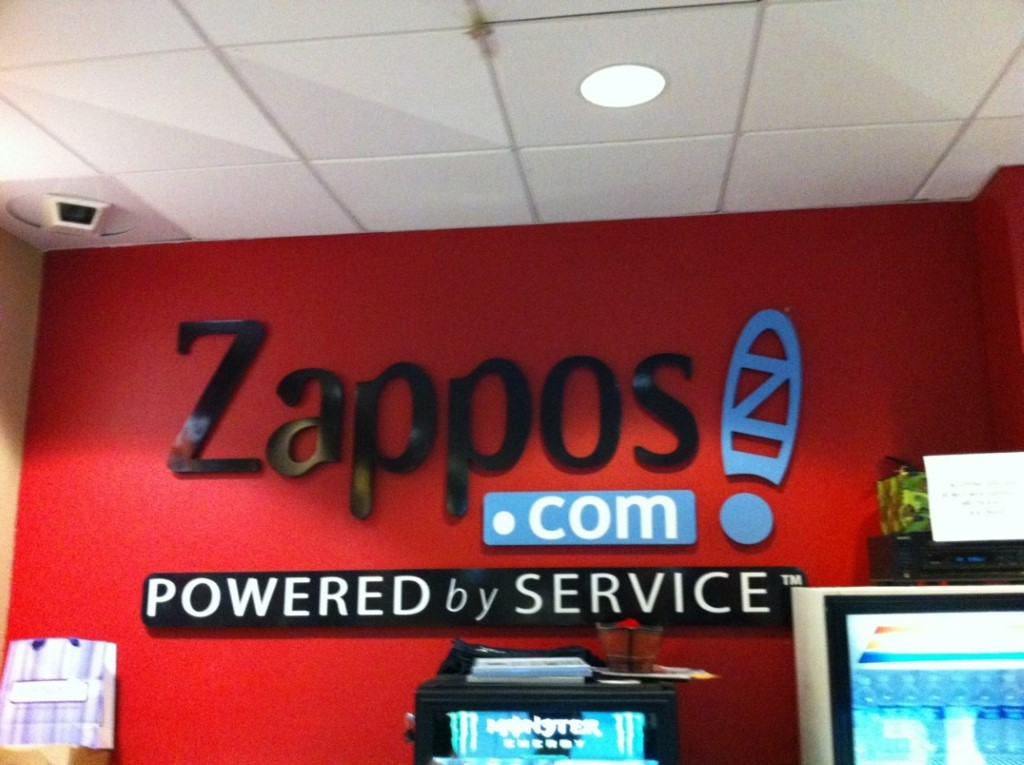
In the first of these articles, Rich Hazeltine of Zappos and I discussed the role that training and development plays in creating engaged employees, the challenges in moving away from a traditional model of management to a more self-organized one and the difference between how Millennials and then those in the over 35 group respond to the self-organized environment.
In the second article, Rich and I delved into interesting ways to engage employees in their own development and how leadership development has informed the Zappos culture.
This final article will touch on the idea of employers facilitating talent mobility within the organization as a way of leveraging employee gifts and retaining them longer. It will be topped off by insights into how these practices enhance customer experience.
Heather Younger: What are your thoughts on the idea of employers facilitating talent mobility within the organization?
Richard Hazeltine: Zappos is a poster child on this. A good friend who works here came up to me with an interest in a particular area. I saw an internal job posting that I thought would be a great fit for her. I sent her the job posting, and just explained to her that I was not kicking her off the team, but I thought she should pursue it. She ended up taking that on and enjoying the new responsibility.
If people are working on what they are passionate about, their work should be pretty good or they are certainly not going to put extra work in. We tend to have a pretty quick turnover in our Customer Loyalty Team (CLT), usually about 3-6 months. This is the team that handles customer contact via phone, email and chat. Then, they move around or outside of the CLT organization and managers are very happy to see them move on and into another part of the business. We have some who have moved from design to marketing or finance.
There is a ton of mobility. The sky is the limit and really is about the way you pitch yourself. We have an internship-type program and then they are able to work maybe 5 hours in that area per week. If the business needs allow the internship in the other department, then employees are given the freedom to do it. Folks in the hourly ranks, especially even in CLT get the opportunity to do that. It’s kind of like a “try it before you buy it” program. Someone who was a part of the CLT took some classes and then became a project manager. Because of our new model, a person might hold 5 different roles and may not do work on those teams all the time, but have an anchor role. The leader decides who goes on what team and if they have time. It is a very fluid environment.
Younger: In the places you have worked, do you see a connection between helping employees learn and grow to their then delivering an excellent customer experience?
Hazeltine: We talk about the Zappos family. It rolls over to the customers. Employees don’t have to act differently with peers and leaders, and they can treat customers the same way. They don’t have to smile to a crappy manager and then smile to the customer. I worked in restaurants, and focused on making the environment right for the employees. If employees are treated fairly by their manager and people going over and above internally to point out the positive, then that translates over to customers. We don’t believe in forcing people to act a different way.
Well, I have to say that my time with Rich was fruitful. I learned a lot, and he confirmed for me what I think many of us know, but do not always exercise: Organizations can create employees and customers fanatical about their brands if they focus much more time and resources on developing their leaders. I particularly found Rich’s decision to assess emotional intelligence and use insights to coach employees on their own data to be enlightening. This has to be empowering!
Thank you for reading everyone!